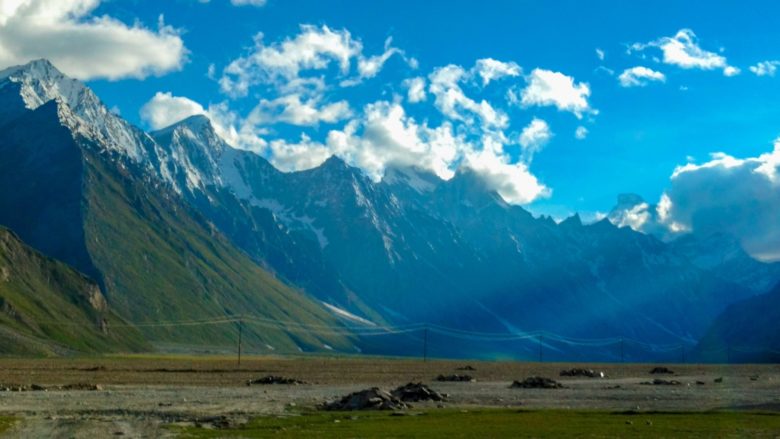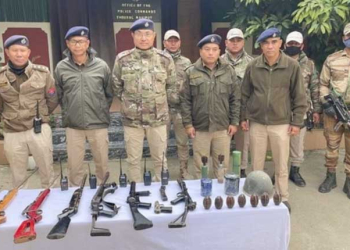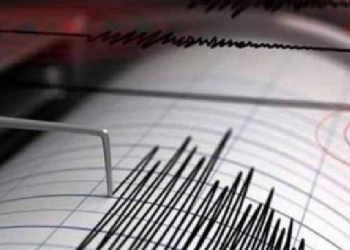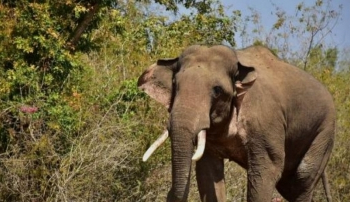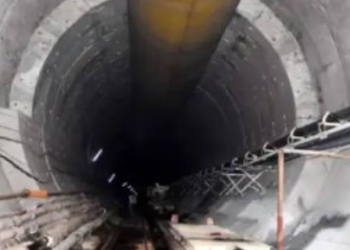New Delhi: Scientists have for the first time reported the oldest glacial advance from eons ago from Uttarakhand in central Himalayas with its geomorphological mapping revealing four events of glaciation with decreasing magnitude synchronising with climate variability.
The study has identified multiple events of glacial advances since 52,000 MIS 3 from the Yankti Kuti valley situated in the extreme eastern part of Pithoragarh district of Uttarakhand.
MIS 3 is an acronym for Marine Oxygen Isotope Stage 3, alternating warm and cool periods in the Earth’s paleoclimate, deduced from oxygen isotope data reflecting changes in temperature.
This study by the scientists from Wadia Institute of Himalayan Geology has found that moisture-deficient valleys of semi-arid Himalayan regions respond sensitively to enhance precipitation.
The research published in the journal Quaternary Science Reviews provides a robust chronology and climatic evidence indicating significant ice volume depicted by the height of glacial material (moraine) during MIS 3.
The MIS 3 is well represented by the prominent lateral moraine.
“Last glacial maximum (LGM) glaciation was associated with temperature decline and enhanced westerlies and glacial advances in Yankti Kuti valley synchronises with climate variability,” it said.
LGM refers to the maximum in global ice volume during the last glacial cycle.
Many researchers have provided information on the nature of glaciation in the central Himalayas by employing various modern dating methods.
However, the chronological data for glacial landforms in the central Himalayas is still limited due to the lack of dating material in the study areas because of the inaccessibility of these areas.
Thus, a correlation between two major climatic systems — the Indian summer monsoon and the mid-latitude westerlies and glacier advance remained speculative.
This study can help enhance the existing knowledge of the relationship between Himalayan climate and glacier dynamics and can help assess the role of Indian summer monsoon versus westerlies in driving the valley glaciers in the Central Himalayan region.
(IANS)



